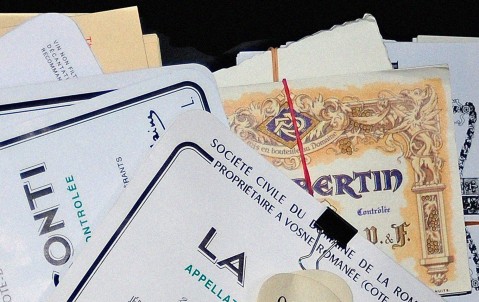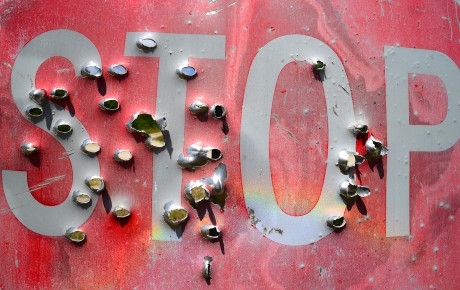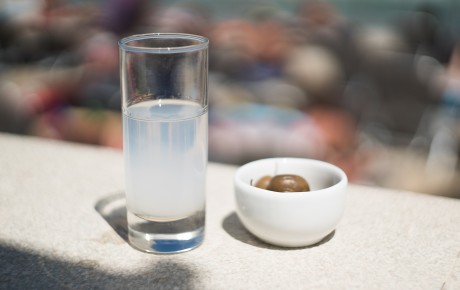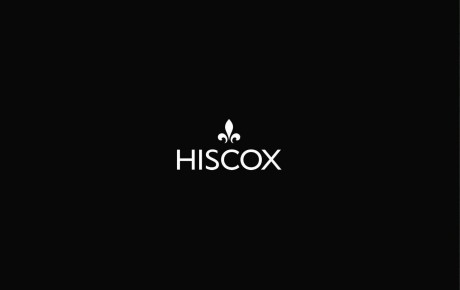
The perils of being a wine-collecting addict
Collecting can be very addictive, says Bobby Read. Passionate wine collectors need to beware of where they get their fixes.
“Love looks not with the eyes, but with the mind,” said Shakespeare. But, sometimes, the mind can play tricks on collectors who absolutely must have the finest wines, says Bobby Read, Hiscox’s Head of Art and Private Clients.
Collecting is more addictive than crack cocaine. Charles Saatchi described himself as “an artoholic” and the top wine collectors are no different. The problem is that when you’re truly passionate about something, your frailties can be exploited. If you’re desperate to fall in love you can be easily seduced, and that can make even the most hard-nosed billionaire a willing victim of hucksters, as two wine frauds have proved.
The first involved a tantalizing tale of the discovery of long-lost bottles of Bordeaux once owned by Thomas Jefferson – the vinous equivalent of Indiana Jones finding the Ark of the Covenant.
Charles Saatchi described himself as “an artoholic” and the top wine collectors are no different.
The Declaration of Independence’s author fell head over heels in love with French wine while serving as his country’s Minister to France in the 1780s, and in his first term as the US’s third President spent lavishly on wines from the finest vineyards: Chateaux Lafitte, d’Yquem, Mouton and Margaux. When, in the late 1980s, bottles purportedly from his personal collection from his days in Paris went up for auction, it caused a scramble among the world’s richest collectors.
In 1985, publisher Malcolm Forbes bought a 1787 bottle of “Jefferson” Lafitte at Christie’s for £105,000 – the most expensive bottle ever bought at auction. Bill Koch, the billionaire energy baron, spent around $500,000 a few years later buying four more bottles of Jefferson’s wine – only to discover in 2005 that they were almost certainly fakes.
Koch’s bottles, and the one bought by Malcolm Forbes, were traced back to one man – a flamboyant German collector calling himself Hardy Rodenstock. He said he had bought the dusty old bottles inscribed with the letters “Th.J” from someone who had found them in a bricked-up cellar in a Paris building. But he refused to give the seller’s name or where he had found them.
Outraged at being conned, Koch embarked on a personal crusade to root out those he believes are crooked operators in the fine wine market. He has spent millions of dollars suing auction houses, dealers and individuals like Rodenstock.
Bogus Burgundy
Another he sued is Rudy Kurniawan, who was at the centre of what has been described as the biggest-ever wine fraud. In auctions in 2005-6, Kurniawan sold a jaw-dropping $35 million worth of fine wines – some to Koch. But when doubts were raised (by Koch), FBI agents raided his Los Angeles home where they found a counterfeiting factory full of empty bottles and thousands of fake labels for the most prestigious Burgundy and Bordeaux vineyards. In 2014, Kurniawan was sentenced to 10 years in jail and ordered to repay over $28 million to his victims.
In both the stories of Rodenstock and Kurniawan the collars and cuffs don’t match. They rose from obscurity with no obvious sources of wealth and sketchy pasts, but claimed to own some of the world’s rarest and most sought-after wines and in unprecedented quantities. So how were they so successful?
The visceral and addictive need to own the best makes collectors, known for being ruthless and calculating in their chosen professions, suspend their disbelief. They are willing to put on hold their otherwise acute powers of realism and logic to enjoy the thought that they have bought an undiscovered bottle owned by one of the Founding Fathers, for example.
Koch is unique in admitting his wine collecting mistakes and then pursuing those who have wronged him to the ends of the earth.
The businessman, yachtsman behind the US’s 1992 America’s Cup victory, and serious collector (he also owns an array of Wild West memorabilia, including Custer’s and Jesse James’s guns) also loves a good legal scrap: he sued and won $12 million from another New York wine merchant he claimed had sold him expensive duds.
The frequent frauds occur because collectors’ hearts rule their minds. Wise words about patchy provenance or dubious quantities are rarely heeded.
Koch hired two experts to authenticate his collection: out of a sample of 3000 pre-1961 vintages they found well over 100 that were either suspicious or obviously fake.
The problem is that the boom in wine collecting around the world in the past 30 years has fuelled a corresponding explosion in wine faking. It is thought that only five magnums of the sensational 1947 Lafleur were produced – but since the late 1980s at least 19 have been sold at auction.
The frequent frauds occur because collectors’ hearts rule their minds. Wise words about patchy provenance or dubious quantities are rarely heeded. The sad truth is that if something seems too good to be true, it probably is.
A couple of interesting footnotes: last December, US authorities crushed over 500 bottles of Kurniawan’s fake wine. But over 5,000 bottles from his personal collection – authenticated as being genuine – were also auctioned, along with his Lamborghini and two other cars.
Also, Koch is selling around 20,000 (genuine) bottles from his collection, expected to fetch as much as $15 million. Koch explained his decision to sell, saying he said he couldn’t possibly hope to consume everything in his vast cellar, so wanted others to “enjoy the glorious moments that come with these wines."



